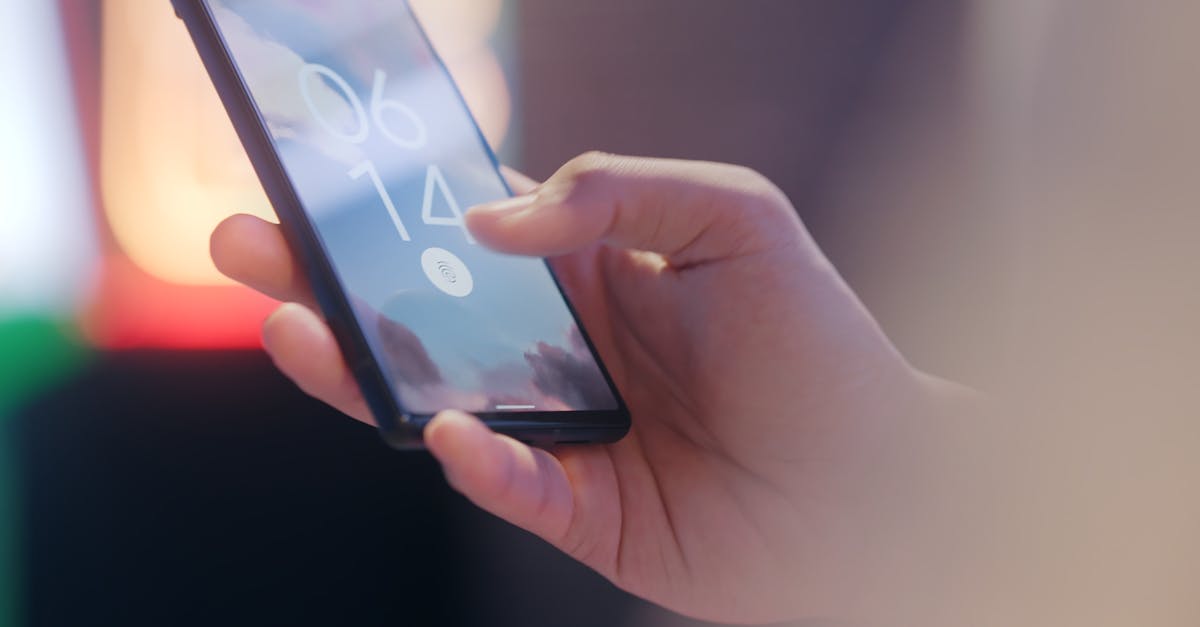Generated by Contentify AI

Fingerprint authentication is a convenient and secure way to protect your device from unauthorized access. It has become increasingly common on smartphones, laptops and tablets, and it’s not hard to see why. Rather than typing in a password or PIN, you can use your fingerprint to unlock your device. In this guide, we’ll walk you through the basics of setting up fingerprint authentication on your device.
The first step is to check if your device has a fingerprint scanner. Most modern smartphones and laptops come with built-in scanners, but some older models may not. If your device does have a scanner, you’ll need to set it up by going to the settings menu. Look for the security or biometrics section, and then select “Fingerprint Scanner.” You will be prompted to scan your fingerprint several times to create a digital record. Make sure you scan all parts of your fingerprint to ensure accuracy.
Once you’ve set up your fingerprint, you can start using it to unlock your device. To do this, simply place your finger on the scanner when prompted. It’s important to note that you may need to enable fingerprint authentication for specific apps or functions, such as making purchases or accessing sensitive information. This can generally be done in the security or privacy settings of each app.
Overall, fingerprint authentication is a simple and effective way to protect your device from unauthorized access. By following these steps, you can ensure that your personal data and information remains secure.

